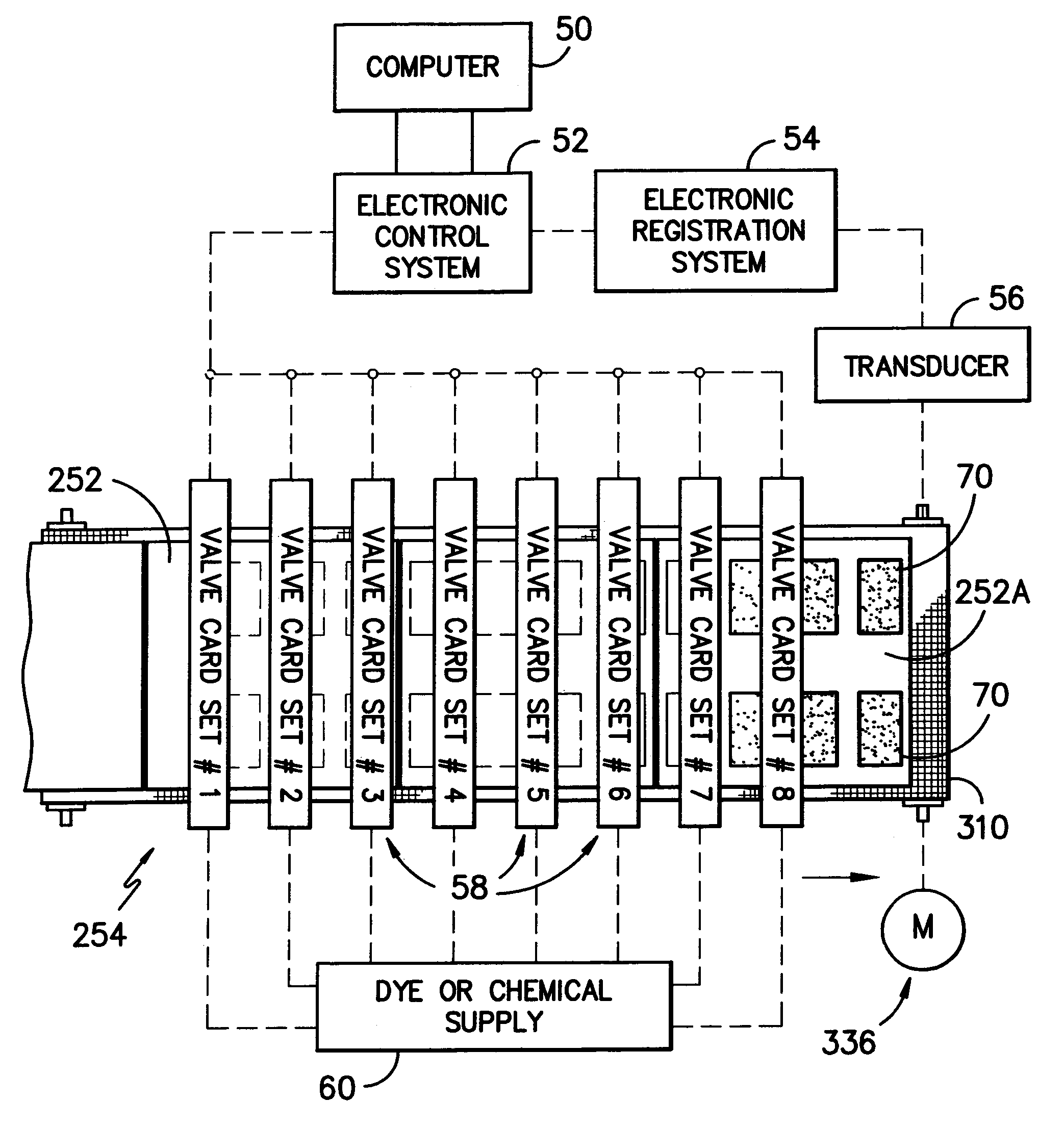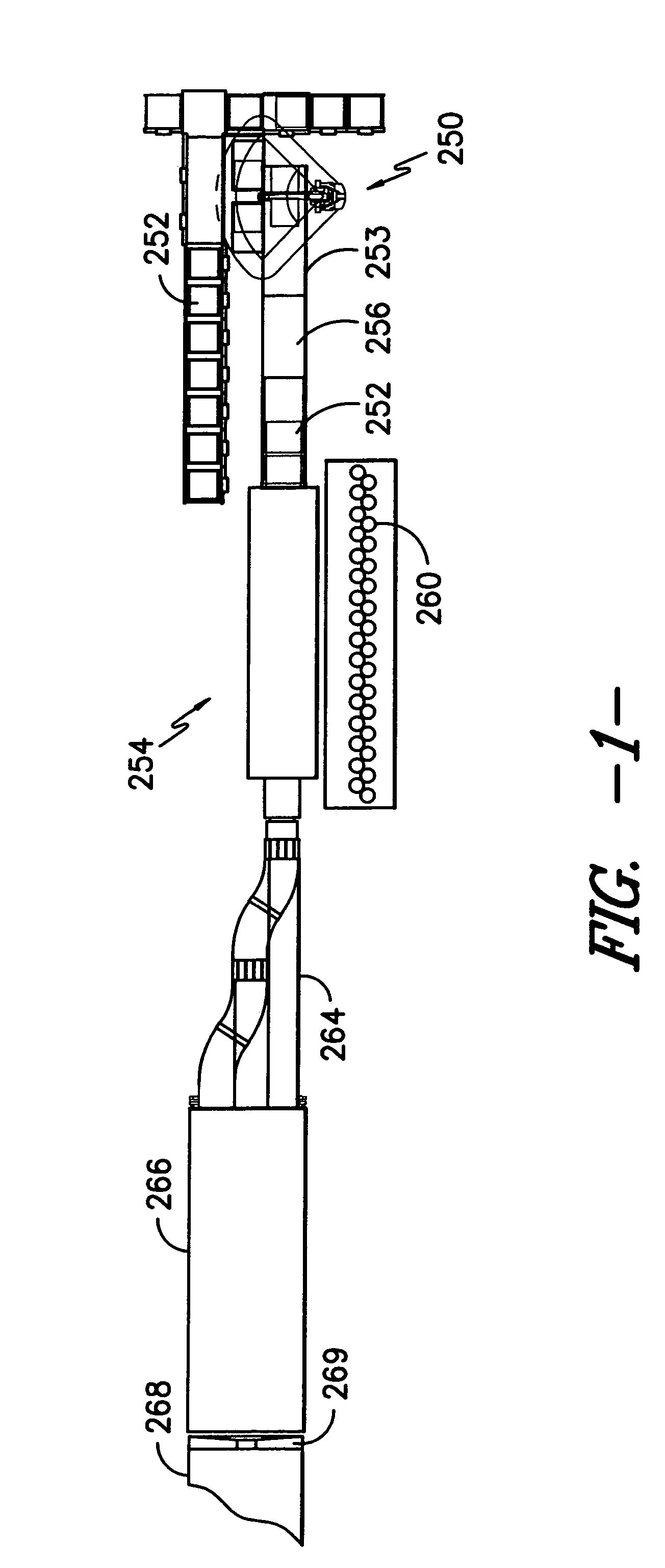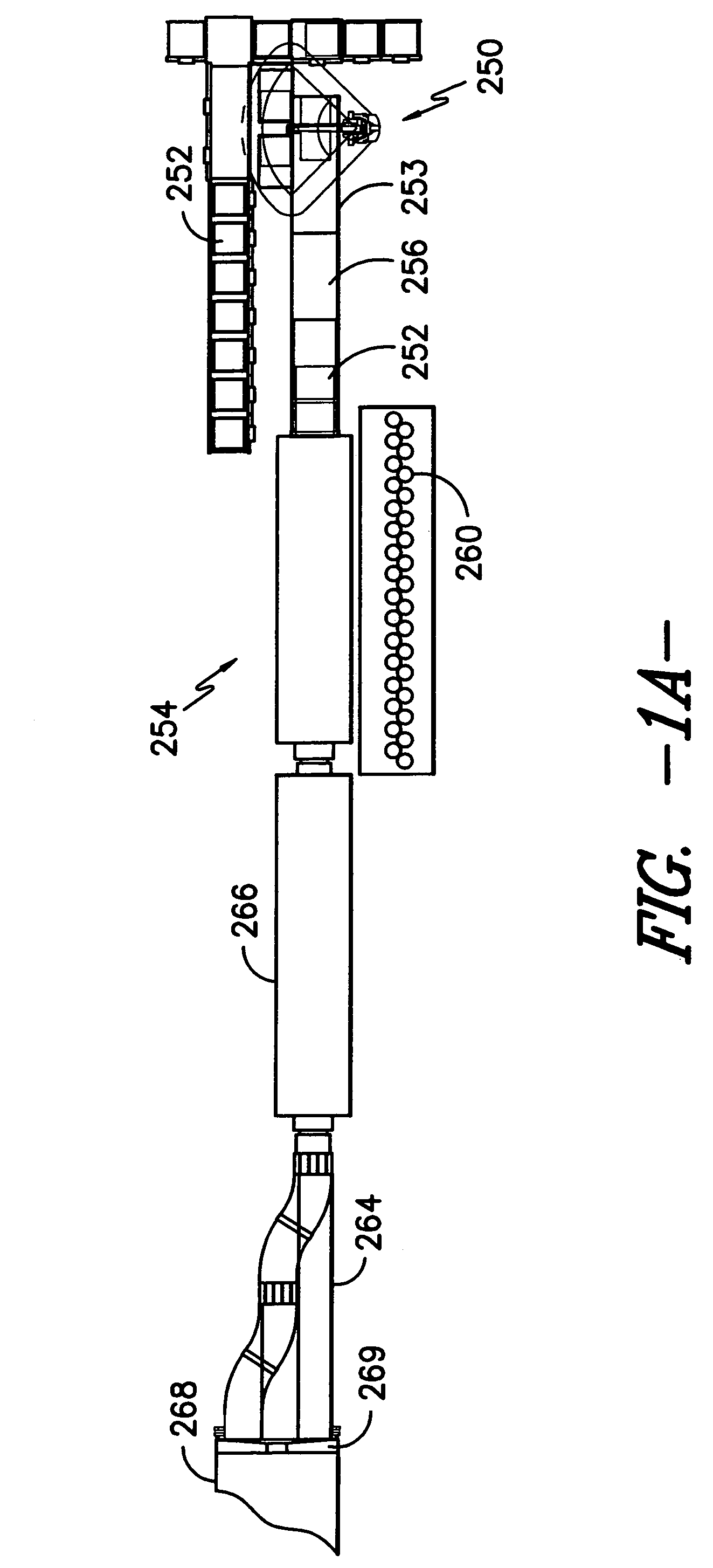Patterned textile product
a textile substrate and pattern technology, applied in the field of patterning of textile substrates, can solve the problems of tufted carpets, time-consuming and costly manufacturing process, limited number of colors that can be used within patterns, etc., and achieve the effect of speeding up the patterning speed and flexibility, and high pattern detail
- Summary
- Abstract
- Description
- Claims
- Application Information
AI Technical Summary
Benefits of technology
Problems solved by technology
Method used
Image
Examples
example 1
Sample Preparation and Printing using the PREF Printing Technology:
[0492]The specific dyestuffs that made up the colors that were printed for this evaluation are shown in the table below. The name of the color, as referred to in the specification, is given for reference.
[0493]
ColorConstituent Dyes (Dye, g / L)BeigeErionyl Yellow MR (0.026 g / L)Isolan Bordeaux R (0.054 g / L)Erionyl Black MR (0.019 g / L)BrownErionyl Yellow MR (0.791 g / L)Isolan Bordeaux R (0.077 g / L)Erionyl Black MR (0.105 g / L)BlackErionyl Yellow MR (0.902 g / L)Isolan Bordeaux R (0.279 g / L)Erionyl Black MR (3.906 g / L)RedIsolan Red SRL (3.786 g / L)Nylosan Yellow N7GL (1.817 g / L)GreenNylosan Yellow N7GL (1.185 g / L)Lanaset Blue 5G (0.699 g / L)YellowSupranol Yellow (3.0 g / L)
[0494]Erionyl Yellow MR, Erionyl Black MR, and Nylosan Yellow N7GL are all available from Ciba Specialty Chemicals Corp. of Highpoint, N.C. Isolan Bordeaux R, Isolan Red SRL, Lanaset Blue 5G, and Supranol Yellow are available from DyStar LP of Charlotte, N.C.
[0...
example 2
Sample Preparation and Printing using the RECIRC Printing Technology:
[0507]The specific dyestuffs that made up the colors that were printed for the RECIRC evaluation are the same as were used for the PREF evaluation. To form each of the print colors for the RECIRC system, which requires a lower viscosity stock solution, the specified dyestuffs were added to a slightly modified stock solution that formed the remainder of the stock solution. The remainder of the stock solution was prepared by adding the following components to deionized water:[0508]1. 1 g / L of a defoamer FT-24, manufactured by Milliken & Company[0509]2. 0.5 g / L of a bacteriocide, such as Kathon®, manufactured by Rohm and Haas of Philadelphia, Pa.[0510]3. Enough xanthan gum thickener, Keizan S®, manufactured by CP Kelco of Wilmington, Del., to provide a viscosity for the resulting paste of approximately 600 centipoise, as measured using an LVT Brookfield viscometer, using spindle 3 at 30 rpm. For Substrate E, the xanth...
example 3
Sample Preparation and Printing using the DOD Printing Technology:
[0518]The specific dyestuffs that made up the colors that were printed for the evaluation of DOD print technology are the same as in Example 1. To form each of the print colors, the specified dyestuffs (as in Example 1) were added to a stock solution different from the previous two examples. The stock solution was prepared by adding the following components to deionized water:[0519]1. 1 g / L of citric acid, available from Fisher Scientific, of Atlanta Ga., or Sigma-Aldrich, of St. Louis Mo.[0520]2. 1 g / L of a defoamer, NoFome® available from Bayer of Pittsburgh, Pa.[0521]3. 0.5 g / L of a surfactant, Tanasperse CJ®, available from Bayer of Pittsburgh, Pa.[0522]4. Enough acrylic thickener, Tanaprint ST 160C®, manufactured by Bayer of Pittsburgh, Pa., to provide a viscosity of approximately 1200 centipoise for the stock solution, as measured using an LVT Brookfield viscometer using spindle 3 at 30 rpm. The concentration of...
PUM
| Property | Measurement | Unit |
|---|---|---|
| pressure | aaaaa | aaaaa |
| pressure | aaaaa | aaaaa |
| pressure | aaaaa | aaaaa |
Abstract
Description
Claims
Application Information
 Login to View More
Login to View More - R&D
- Intellectual Property
- Life Sciences
- Materials
- Tech Scout
- Unparalleled Data Quality
- Higher Quality Content
- 60% Fewer Hallucinations
Browse by: Latest US Patents, China's latest patents, Technical Efficacy Thesaurus, Application Domain, Technology Topic, Popular Technical Reports.
© 2025 PatSnap. All rights reserved.Legal|Privacy policy|Modern Slavery Act Transparency Statement|Sitemap|About US| Contact US: help@patsnap.com



